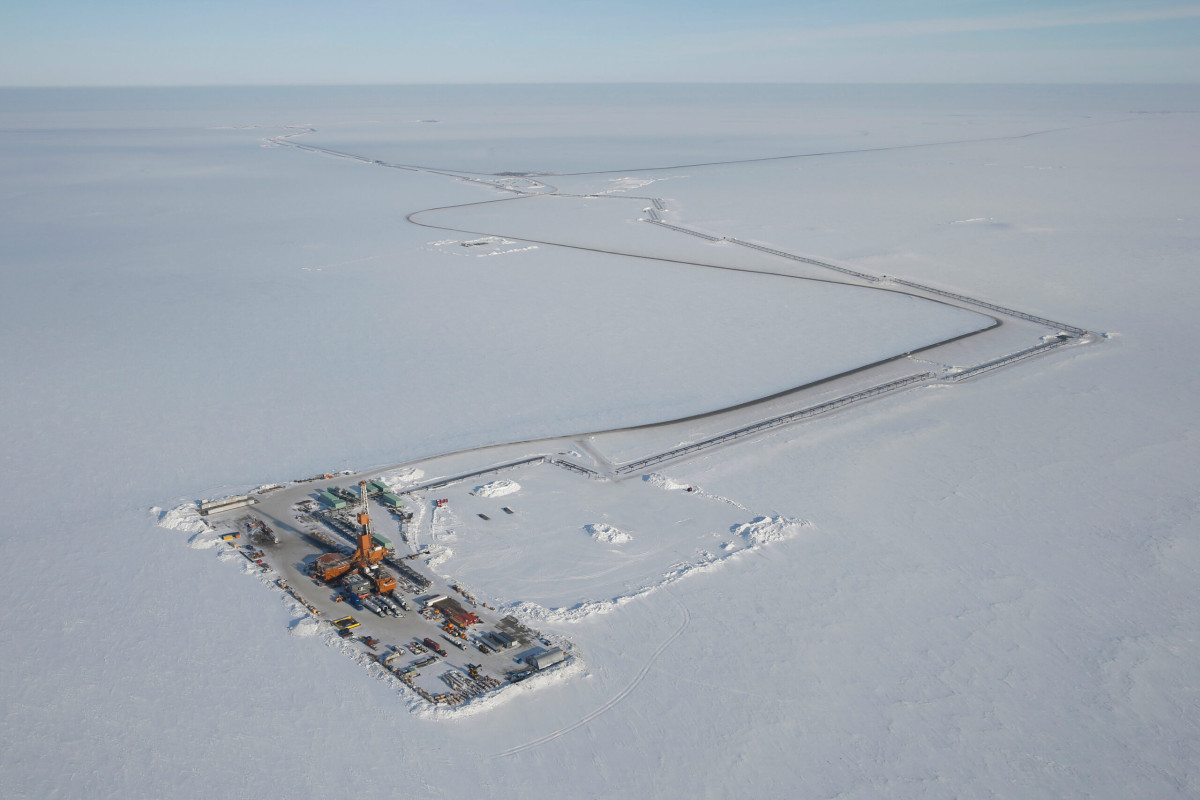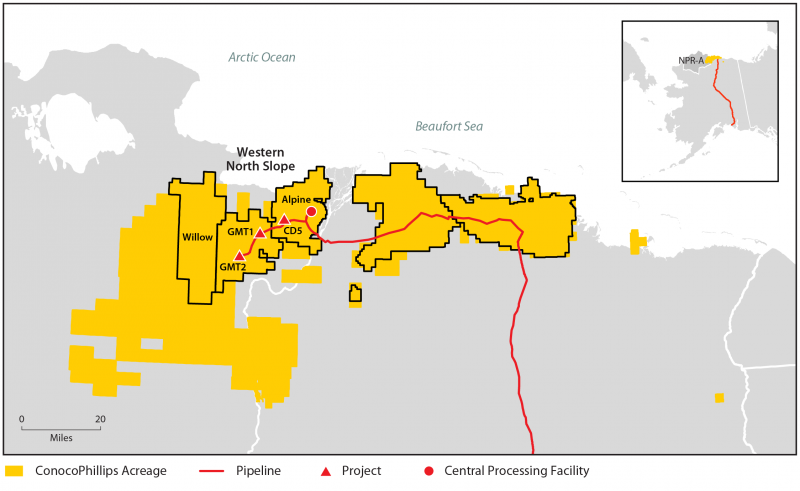 At the northernmost tip of Alaska lies the US’ single most vast expanse of untouched wilderness.
At the northernmost tip of Alaska lies the US’ single most vast expanse of untouched wilderness.
However, in mid-March, the Biden administration approved an $8 billion oil drilling project in the Alaskan North Slope located in this expanse at Alaska’s National Petroleum Reserve. This massive project is known as the Willow Project.
The Willow Project was proposed by the company ConocoPhillips, an oil and natural gas producer based in Texas. It is the largest oil extraction project on federal lands, planning to extract 600 million barrels of oil. Though Biden recently approved it, Willow was proposed and approved by the Trump administration way back in 2020, meaning Conoco already had valid leases that prevented Biden from rejecting or drastically reducing the operation without the drawbacks of steep fines and legal action from the company.
Let’s take a look at the details of the project now that it has been approved.
The Pros
Willow seems to have great economic advantages. Not only will it create over 2,500 construction and 300 long-term jobs, and revenue of about $8-$17 billion for the federal government, Alaska, and the surrounding counties, but it will also be a source of domestic energy for the nation.
It had garnered support from the Alaskan government, labor unions, and even many indigenous groups who receive royalties and annual dividends from nearby drilling. But if Willow has so many benefits, why did it receive such major backlash resulting in one million letters to the White House and 4.6 million signatures on its change.org petition?
The Controversy
 Scientists have been warning nations to stop approving new oil and natural gas drilling projects in fear of heavily exacerbating the global warming crisis.
Scientists have been warning nations to stop approving new oil and natural gas drilling projects in fear of heavily exacerbating the global warming crisis.
Already the effects of global warming are apparent in Alaska with the thawing permafrost, flooded ice cellars, sinking homes, and thinning ice roads. Due to the size of the Willow Project, it will be detrimental to the environment and a huge step back in the fight against climate change and the transition to renewable, clean energy. It will release 287 million metric tons of CO2 over the next 3 decades, equal to the emissions from 66 coal power plants and 2 million gas-powered cars each year.
Furthermore, the surrounding wildlife and native communities that rely on the area will be greatly impacted. Though it seems to have support from many Natives, there are concerns from those nearby, especially from the Nuiqsut, a village of Alaskan natives consisting of 400 residents that are closest to the location of the planned drilling.
The Nuiqsut mayor, Rosemary Ahtuangarauk, confided how Willow will be a risk to their way of life and their future generations, “Willow…would bulldoze straight through these crucial habitats, redirecting the animal’s migratory paths, moving them away from nearby villages, and endangering the food security of local people. That’s not to mention the damage from exposure to air and water pollution that we face” (Ahtuangarauk).
Conoco’s Next Steps
ConocoPhillips will proceed with its first steps, implementing a gravel mine and gravel roads, later this month. However, it will have to wait until winter to fully start construction for Willow as it can only be done with the ice roads present. The infrastructure will include hundreds of miles of roads and pipelines and a processing facility.
In the meantime, environmental law groups are looking to file a lawsuit against Conoco and block Willow from continuing or delay the construction by a year, meaning it would take years for drilling to actually begin and the oil to get on the market. Therefore, the Willow project may yet be stopped.
Sources: CNN, NY Times, The Hill, ConocoPhillips, Powerincooperation






